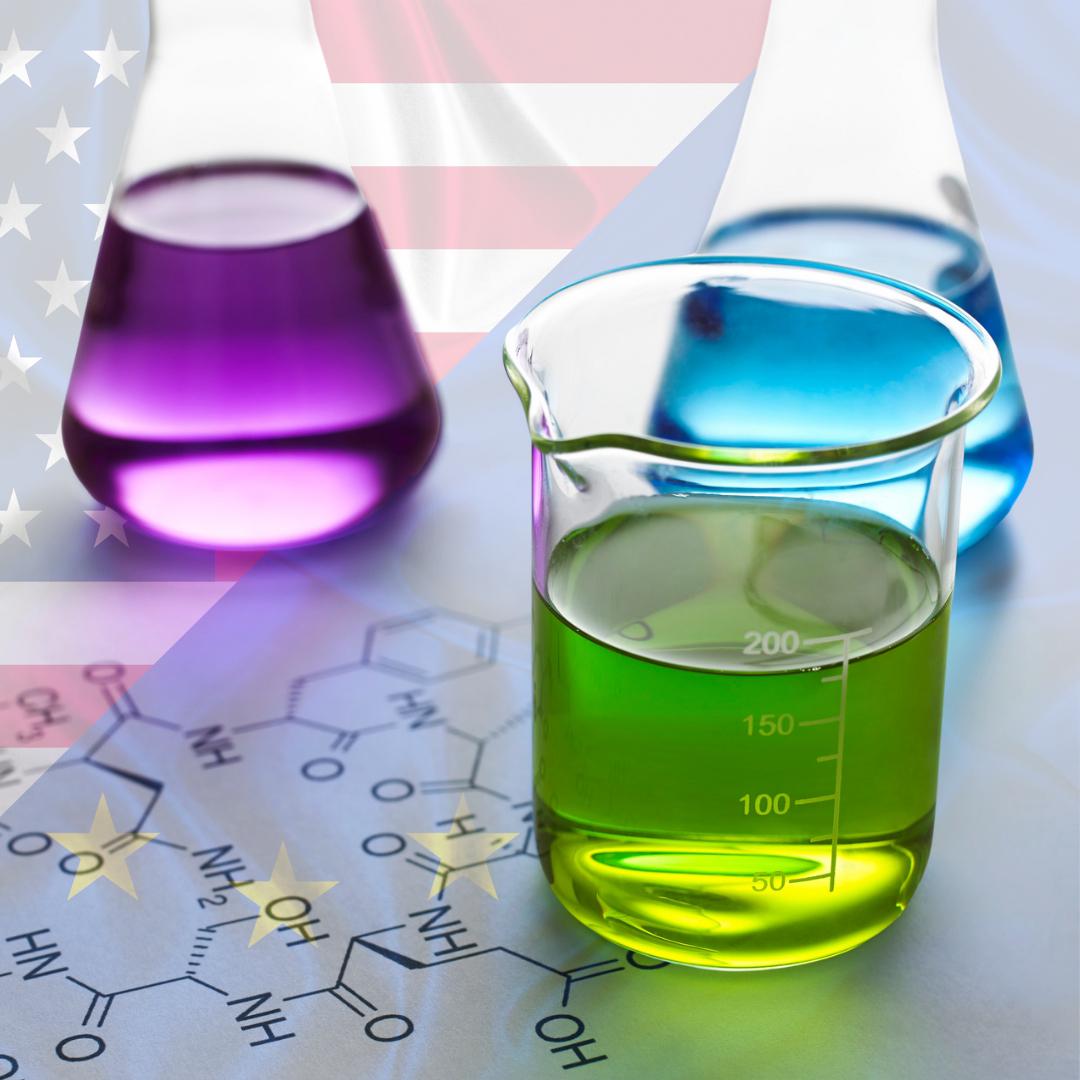
Ever wonder why some chemicals are banned in Europe but still used in the U.S.? The European Union (EU) and the United States take very different approaches to chemical safety, and these differences impact everything from your skincare products to the food you eat. Let’s break it down in a way that makes sense—and uncover some surprising facts along the way.
One of the biggest differences comes down to how each region approaches safety:
This explains why the EU has banned or restricted over 1,300 chemicals in cosmetics alone, while the U.S. has banned just 11. Yes, you read that right—only 11.
REACH vs. TSCA: A Tale of Two Chemical Policies
The EU’s Registration, Evaluation, Authorization, and Restriction of Chemicals (REACH) program, launched in 2007, requires companies to prove a chemical is safe before it can be used. This applies to over 21,000 chemicals and covers industrial use, consumer products, and even environmental exposure.
Meanwhile, the Toxic Substances Control Act (TSCA) in the U.S. (originally passed in 1976 and only updated in 2016) has far weaker protections. When first enacted, TSCA grandfathered in over 62,000 chemicals without requiring any safety testing. Even after its update, the burden remains on the Environmental Protection Agency (EPA) to prove that a chemical poses an “unreasonable risk” before taking action—a process that often faces heavy industry pushback.
The difference in regulation affects many of the products we use daily. Here are a few key examples:
Why does the U.S. lag behind? One big reason: corporate influence. In the U.S., powerful lobbying groups play a major role in shaping regulations. One example is the GRAS (Generally Recognized as Safe) loophole, which allows food and chemical companies to self-certify their products as safe—without independent scientific review. Essentially, companies can decide for themselves if their chemicals should be allowed in food.
In contrast, the EU’s regulatory agencies have more independence, making it harder for corporations to influence safety standards.

Here’s a shocking example of how different the regulatory mindset can be: asbestos.
While we can’t change the laws overnight, we can make informed choices to limit our exposure to harmful chemicals:
The EU puts public health first, while the U.S. often gives industry the benefit of the doubt. But the good news is that awareness is growing, and consumers have more power than ever to demand safer products and better policies.
At Radiant Health and Wellness, we focus on helping you reduce toxin exposure and optimize your health through Functional Medicine. Want to take control of your well-being? Let’s work together to create a safer, healthier future.
Resources:
 Radiant Health And Wellness
Radiant Health And Wellness
Stay updated on our news and events! Sign up to receive our newsletter.